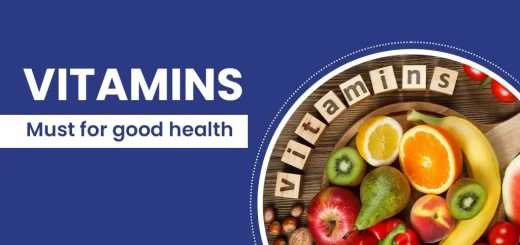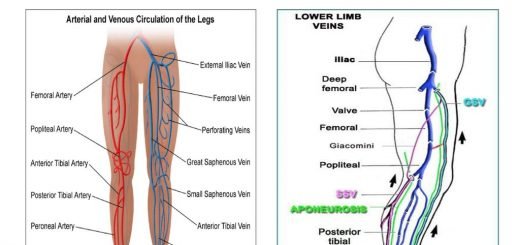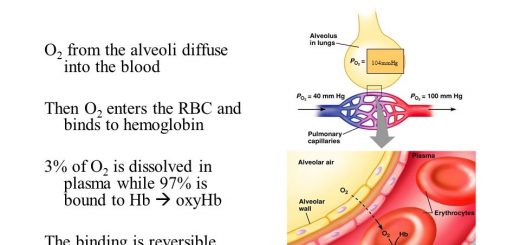Physiology and functions of Stomach, Composition of gastric secretion
The stomach is the most dilated part of the alimentary canal. The stomach has two main functions; a secretory and a motor function. The two functions usually go in perfect harmony so that when secretion is stimulated, motility is also augmented. In the fed state, both secretion and motility are increased while in the fasting state, both are diminished.
Physiology of the stomach
Physiologically, the stomach can be divided into two major parts, the body, and the antrum. The fundus located at the upper end of the body of the stomach is a functional part of the body.
Functions of the stomach
The stomach has both motor and secretory functions.
Secretory functions
- Secretes mucin, which is protective of the mucosa.
- Secretes digestive enzymes e.g. pepsin which starts the digestion of protein.
- Secretes HCL which acidifies the gastric juice, facilitating the absorption of various substances from the upper intestine such as calcium and iron.
- Releases intrinsic factor for vitamin B12 absorption from the intestine.
- Releases hormones e.g. gastrin which regulates gastric emptying.
Motor functions
- Stores large quantities of food until they can be accommodated in the lower portion of the GIT.
- Mixes food with gastric secretions.
- Regulates the rate of evacuation of chyme into the duodenum via the pyloric pump, to prevent the rapid passage of food into the small intestine.
Innervation of the stomach
Parasympathetic supply
The vagi supply preganglionic fibers which relay at the ganglia of the local nerve plexuses (Auerbach’s and Meissner’s) in the gastric wall. The vagi serve the following functions:
- Secretory to the gastric glands
- Motor to the muscles of the wall, but inhibitory to both cardiac and pyloric sphincters. It increases the rate of emptying of the stomach.
- Some vasodilator fibres are probably present in the vagi.
- Some reflexes are also initiated from the stomach via the vagi as gastro-ileal or gastrocolic reflexes.
Sympathetic supply
Sympathetic supply is along a branch of the greater splanchnic. Preganglionic fibres relay in the caeliac ganglia, and postganglionic fibers pass to the stomach along its arterial blood supply.
Sympathetic supply has the following effects
- Inhibitory to the muscles of the wall and motor to cardiac and pyloric sphincters, it delays the rate of evacuation of the stomach.
- Reduction of the blood flow.
- Sympathetic stimulation may produce alkaline mucous secretin from the pyloric glands.
Gastric secretion
Mucous-secreting cells line the entire surface of the stomach. The gastric mucosa also contains deep glands in the pyloric and cardiac regions. Many of the glands open on a common chamber (gastric pit) that opens in turn on the surface of the mucosa.
Composition of gastric secretion
Human gastric secretion is about 3 liters/day. It is the most acidic secretion in the body with a pH of approximately 1. It contains:
- Water: 99%
- Enzymes: Pepsin, gelatinase, lipase.
- Cations: Na+. K+, Mg++, Ca++
- Anions: Cl−, HPO4− −, SO4− −
- HCI: 0.4%.
- Mucin.
- Intrinsic factor.
Hydrochloric acid (HCI)
It is secreted by the parietal cells of the gastric glands. HCI is formed at the intra-cellula membrane by ionic exchange, and is passed directly into the canaliculi. The most probable mechanism of HCI secretion is as follows.
1. Parietal cells exert electrochemical work to dissociate a molecule of water into H+ and OH−. Active transport of H+ across the membrane of the parietal cells to the gastric lumen occurs (proton pump). The energy for this active transport is derived from aerobic glycolysis, since acid secretion ceases under anaerobic conditions. Two molecules of H+ are secreted for each molecule of O₂ consumed.
2. CO2 from the blood enters the parietal cells where it reacts with water to form carbonic acid (H2CO3), catalyzed by carbonic anhydrase enzyme. Dissociation of H2CO3 into H+ and HCO3− occurs. H+ combines with the OH− produced in the first step forming H2O.
CO2 + H2O → H2CO3 → H+ + HCO3−
Secretion of HCI is directly proportional to the CO2 tension of blood: in hyperventilation, HCI formation is depressed. Diamox, a carbonic anhydrase inhibitor also depresses gastric secretion of HCI.
3. Bicarbonate (HCO3−) ions pass from parietal cells to the blood in exchange for chloride ions (CI−) that enter the cell. CI− ions are secreted by the parietal cells at the luminal side of the gastric mucosa by an active process against a relatively high concentration gradient and are coupled with the H+ ions produced in the first reaction, giving a strong solution of hydrochloric acid (HCI) in the canaliculus. The HCI is then secreted outward through the open end of the canaliculus into the lumen of the gland.
Blood coming from the stomach is alkaline, and has a high HCO3 content. When the gastric acid secretion is elevated after a meal, the pH of the systemic blood rises and alkaline urine is excreted. This is the probable explanation of the high pH of urine excreted after a meal, the “postprandial alkaline tide”.
Stimulation of parietal cells to secrete HCI
Three types of receptors exist on the parietal cell membrane. When they are activated, they stimulate HCI secretion and potentiate the effect of other receptors. Maximum HCI secretion occurs when the three receptors are stimulated simultaneously.
- H2 receptors (Histamine receptors): They are stimulated by histamine, which is secreted by cells from the gastric mucosa resembling mast cells (ECL cells: Enterochromaffin Like cells). They are blocked by H2 blocker cimetidine.
- M1 receptors (Muscarinic cholinergic receptors): Stimulated by acetylcholine released from postganglionic parasympathetic fibers of Meisner’s pleuxus. They are blocked by atropine.
- Gastrin receptors: Stimulated by gastrin hormone released from antral mucosa.
Functions of HCI
- Activates the inactive proteolytic enzyme pepsinogen to the active form, pepsin, and gives the optimum pH needed for its action.
- Has an antibacterial action by killing microorganisms and prevents their entry into the duodenum and biliary tract.
- Facilitates the absorption of calcium and iron.
- Helps the hydrolysis of some food materials as disaccharides.
- Acid chyme stimulates the release of secretin hormone from the duodenum and thus initiates the entero-gastric reflex which regulates the rate of emptying the stomach.
You can download Science online application on Google Play from this link: Science online Apps on Google Play
Regulation of stomach emptying, Causes of vomiting & Nervous pathway of reflex vomiting
Constituents of the gastric juice, Gastric motility & types of movements occur in the stomach
Histological structure of stomach, Fundic glands of Stomach & Gastric musculosa
Stomach parts, function, curvatures, orifices, peritoneal connections & Venous drainage of Stomach
Abdomen muscles, Blood Supply of Anterior Abdominal Wall & Rectus Sheath content
Histological organization of pharynx, Structure & function of esophagus
Mouth Cavity divisions, anatomy, function, muscles, Contents of Soft palate & Hard palate




